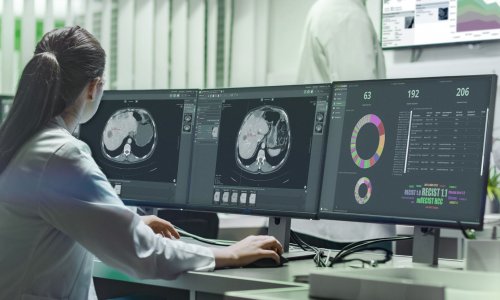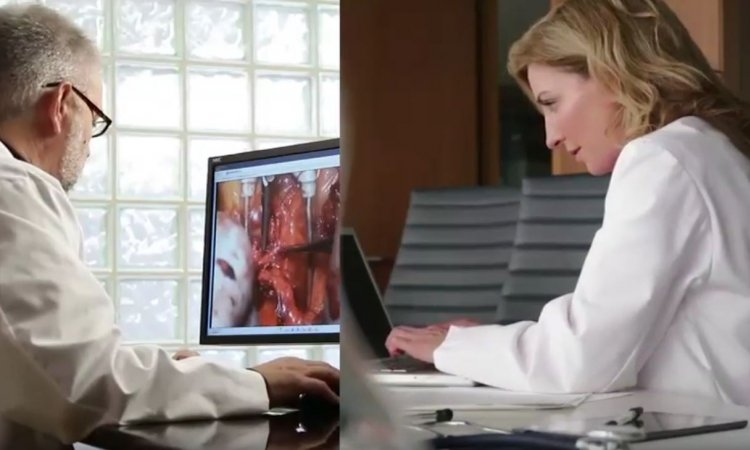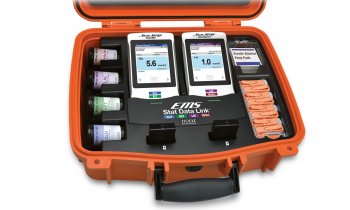Bureaucratic obstacles put brakes on innovations
With respect to the sufficiently rapid utilisation of innovations, European healthcare systems are inadequately prepared for the pace of innovation that has now been reached, representatives of the European Coordination Committee of the Radiological, Electromedical and Healthcare IT Industry (COCIR) said at the European Health Forum Gastein.

“If we continue to operate with the current model – fee-for-service – rather than result-based health models we will not reach the quality of care that we need in Europe,” said Paul H. Smit, chairman of the sustainable healthcare team at COCIR. In his lecture he introduced five key factors which are to improve European healthcare systems:
Focus on prevention
The priority of an efficient healthcare system should lie with illness prevention and early detection. This promotes accountability for one’s own health, keeps patients from suffering and also provides economic advantages. Employers can play a crucial role: a study presented by PriceWaterhouse Cooper in 2007 showed that for every euro invested in prevention there were three euros return on investment which flowed back to the employer. More commitment on the part of employers not only makes financial sense, but also sends a strong signal to public health officials and can enhance the influence of companies with respect to decisions concerning finance in the public health sector.
Promote best-practice models for patient-centred processes
The lack of integrated information on every patient leads to considerable disadvantages. The fragmented healthcare system with “islands of information” must be replaced by a patient-centred process incorporating all treating locations. It is necessary to integrate technological innovations into treatment methods – for example in therapeutic strategies for stroke, coronary disease, diabetes or cancer, and to do this on all levels, from prevention to diagnosis, treatment to rehabilitation and aftercare.
E-Health: stimulating information technology
Data is only available in European healthcare systems today in fragmented form, despite the fact that medical data should always be available exactly where it is needed. It is necessary to establish an IT infrastructure in every European country in order to make patient data available for every healthcare provider and to make clinical decision-making processes comprehensible. Technology can support the work of health professionals in the therapy of the chronically ill – particularly when several employees of multidisciplinary teams are caring for one patient: everyone authorised can comprehend the previous steps of his or her colleagues and knows what therapies were used and medications prescribed.
Faster approval of new medical solutions and technologies
Currently, approval of new technologies and IT-supported processes is too long: by the time one piece of equipment is authorised, a more innovative one that has not been approved is generally available. If more rapid implementation were to succeed in practice, all those involved would benefit: patients through faster diagnoses and better health conditions, physicians, nurses, therapists through increased patient flow and more certain bases of decision-making, and healthcare systems as a result of cost efficiency.
Performance-based pay for healthcare service providers
Physicians, practitioners and hospital managers have to be encouraged to keep people healthy. This is not possible with the current payment system, as fees are based on individual services. As a result, there tends to be excessive rather than optimal use of services. In order to change this, new incentives are needed based on quality and transparency. Future payment systems should be oriented toward treatment results or the implementation of treatment methods.
02.10.2009










